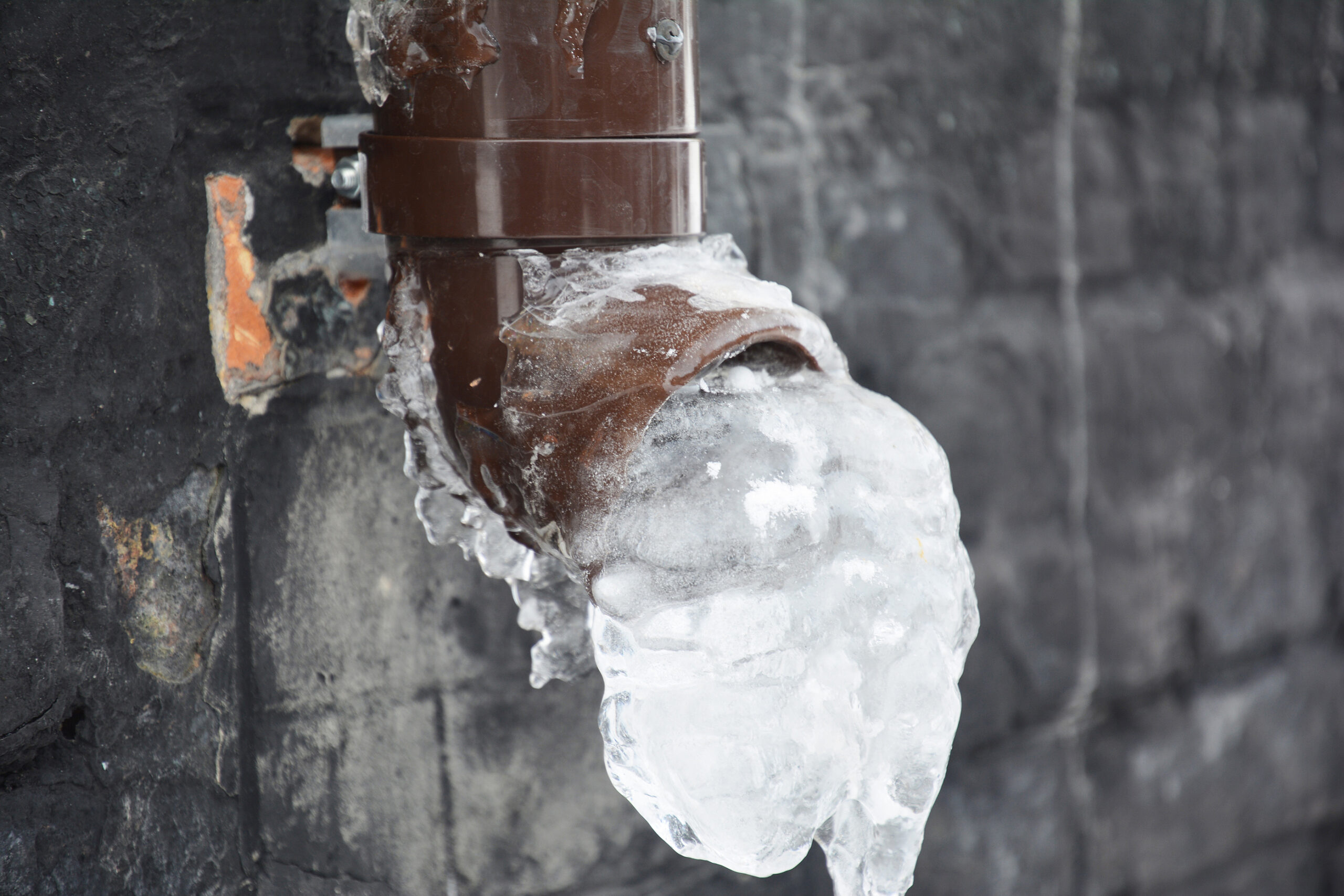Key Methods for Preventing Frozen Pipes in Winter
Key Methods for Preventing Frozen Pipes in Winter
Blog Article
They are making a few great pointers regarding How to prepare your home plumbing for winter weather in general in this content below.

Winter can wreak havoc on your pipes, especially by freezing pipelines. Below's exactly how to prevent it from occurring and what to do if it does.
Introduction
As temperature levels decrease, the danger of frozen pipelines rises, possibly bring about costly repairs and water damage. Understanding exactly how to prevent frozen pipes is crucial for home owners in cool climates.
Prevention Tips
Protecting vulnerable pipelines
Wrap pipes in insulation sleeves or use warmth tape to secure them from freezing temperatures. Concentrate on pipelines in unheated or external locations of the home.
Home heating techniques
Keep indoor areas properly heated, particularly areas with pipes. Open cupboard doors to allow cozy air to distribute around pipes under sinks.
How to recognize frozen pipelines
Seek decreased water flow from taps, unusual odors or sounds from pipes, and noticeable frost on exposed pipelines.
Long-Term Solutions
Structural adjustments
Take into consideration rerouting pipelines far from exterior walls or unheated locations. Add additional insulation to attics, basements, and crawl spaces.
Updating insulation
Buy top quality insulation for pipelines, attics, and walls. Correct insulation aids keep regular temperatures and minimizes the threat of frozen pipes.
Shielding Exterior Pipes
Yard pipes and exterior faucets
Disconnect and drain pipes yard hose pipes before winter. Set up frost-proof spigots or cover exterior taps with insulated caps.
Understanding Icy Pipes
What creates pipelines to freeze?
Pipes freeze when subjected to temperature levels listed below 32 ° F (0 ° C) for extended durations. As water inside the pipelines freezes, it expands, taxing the pipe wall surfaces and potentially creating them to rupture.
Risks and damages
Icy pipes can bring about water interruptions, home damage, and expensive repairs. Ruptured pipes can flooding homes and cause extensive architectural damage.
Signs of Frozen Pipes
Determining frozen pipes early can avoid them from rupturing.
What to Do If Your Pipes Freeze
Immediate activities to take
If you believe frozen pipelines, keep taps open to alleviate pressure as the ice thaws. Utilize a hairdryer or towels taken in hot water to thaw pipelines gradually.
Verdict
Protecting against icy pipes needs positive measures and fast responses. By understanding the reasons, indicators, and preventive measures, property owners can secure their pipes throughout cold weather.
5 Ways to Prevent Frozen Pipes
Drain Outdoor Faucets and Disconnect Hoses
First, close the shut-off valve that controls the flow of water in the pipe to your outdoor faucet. Then, head outside to disconnect and drain your hose and open the outdoor faucet to allow the water to completely drain out of the line. Turn off the faucet when done. Finally, head back to the shut-off valve and drain the remaining water inside the pipe into a bucket or container. Additionally, if you have a home irrigation system, you should consider hiring an expert to clear the system of water each year.
Insulate Pipes
One of the best and most cost-effective methods for preventing frozen water pipes is to wrap your pipes with insulation. This is especially important for areas in your home that aren’t exposed to heat, such as an attic. We suggest using foam sleeves, which can typically be found at your local hardware store.
Keep Heat Running at 65
Your pipes are located inside your walls, and the temperature there is much colder than the rest of the house. To prevent your pipes from freezing, The Insurance Information Institute suggests that you keep your home heated to at least 65 degrees, even when traveling. You may want to invest in smart devices that can keep an eye on the temperature in your home while you’re away.
Leave Water Dripping
Moving water — even a small trickle — can prevent ice from forming inside your pipes. When freezing temps are imminent, start a drip of water from all faucets that serve exposed pipes. Leaving a few faucets running will also help relieve pressure inside the pipes and help prevent a rupture if the water inside freezes.
Open Cupboard Doors
Warm your kitchen and bathroom pipes by opening cupboards and vanities. You should also leave your interior doors ajar to help warm air circulate evenly throughout your home.

I'm just very curious about Winter Plumbing Precautions: Preventing Frozen Pipes and I am praying you enjoyed the new piece. If you please take a moment to promote this blog post if you enjoyed reading it. I truly appreciate reading our article about Winter Plumbing Precautions: Preventing Frozen Pipes.
Book Service Report this page